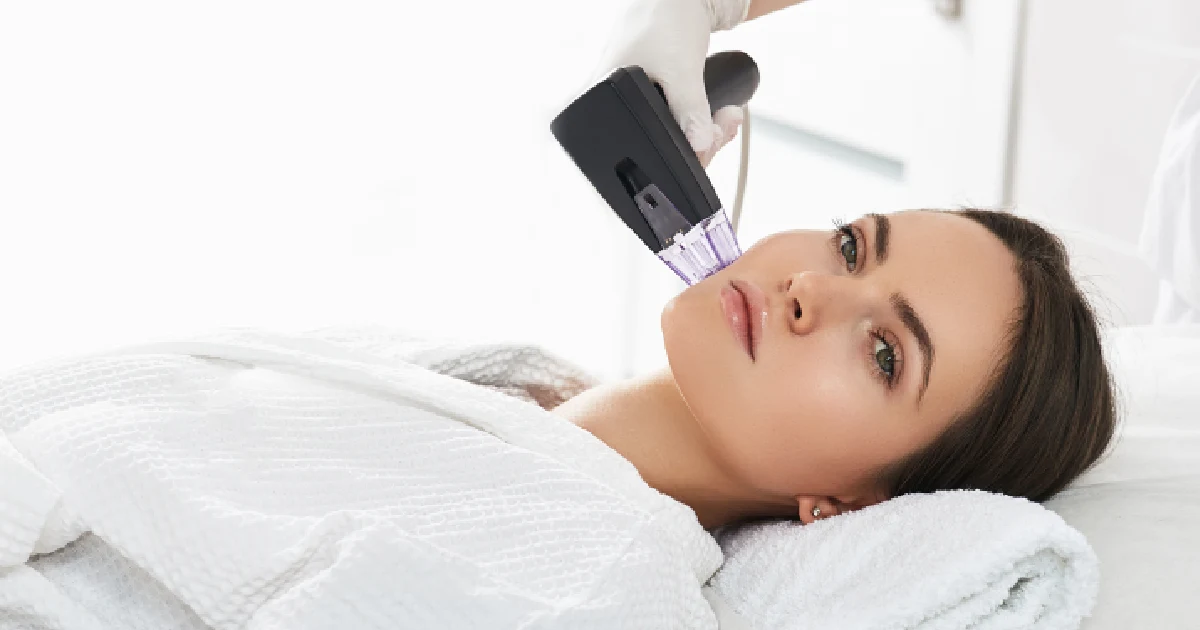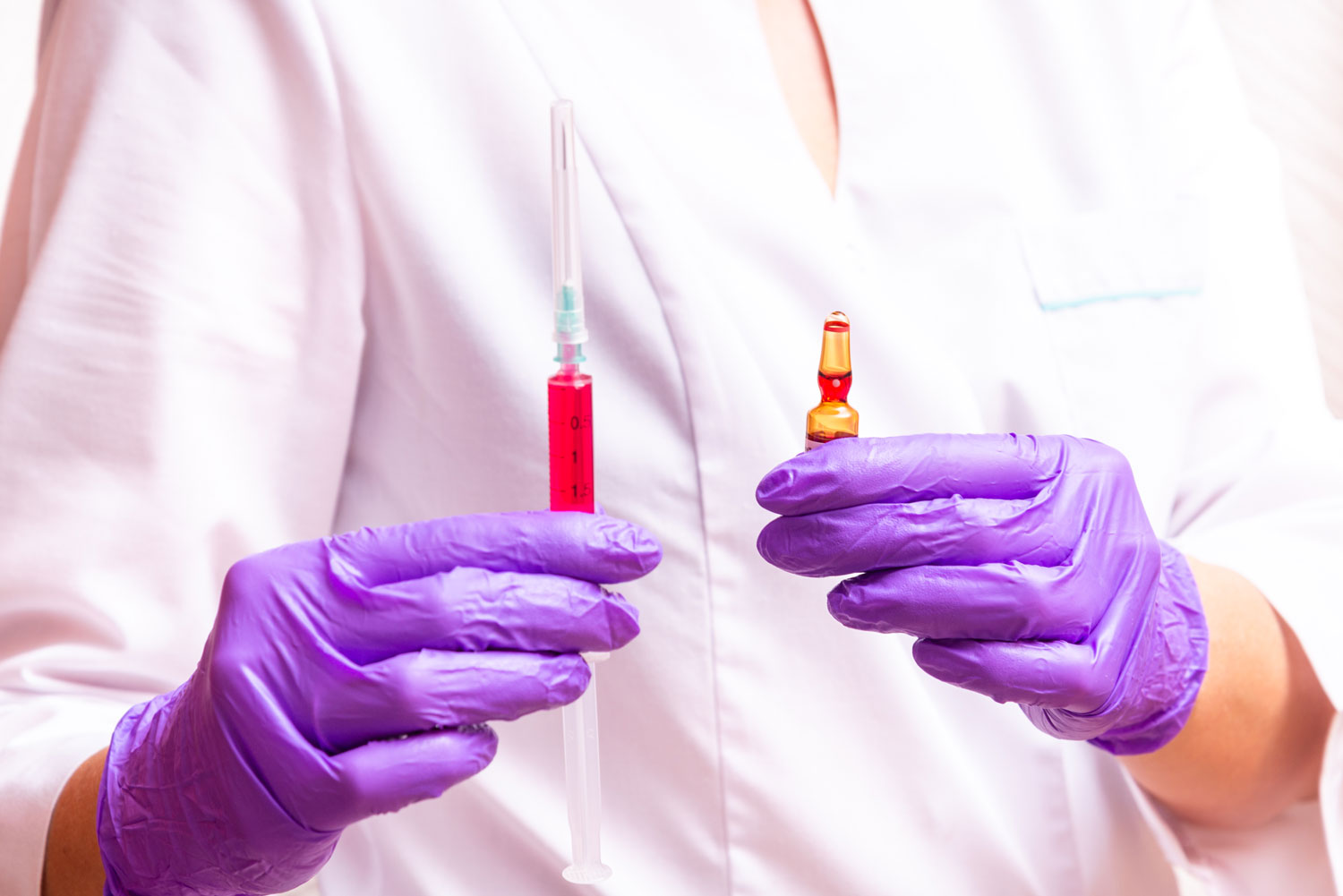So you’ve heard about this excellent treatment that boosts the appearance of your skin, and you want to check it out. But the phrases “chemical,” “peel,” and “skin” don’t quite sit right with you. How does this approach work? Is there any risk associated with the therapy? Does it have any adverse effects on the skin? Just what benefits does one reap from undergoing a chemical peel? Let’s dig deeper into this topic.
How Chemical Peels Work
The outermost layer of skin is surgically removed during a chemical peel, revealing younger, smoother skin underneath. Applying a chemical peeling agent to the afflicted area will cause the outer layer of the skin to become irritated and peel off.
If you peel away the outer layer, you’ll see that all of your flaws—scars, fine wrinkles, hyperpigmentation, etc.—have disappeared, too. Due to this, many people advocate getting a chemical peel.
We won’t sugarcoat it: peeling isn’t the most pleasant process, but it pays off in the end. In addition to alleviating the specific issue, your entire skin will be replaced with a new, healthier layer.
Types Of Chemical Peels
There are three different types of chemical peels, and the depth of the treatment classifies them. Your skin’s current state, the nature of the issue, and how intensively you wish to treat it are all relevant considerations. Now, let me take you through a chemical peel’s many uses.
Light Chemical Peel
These peels are designed for those who want to improve their appearance by removing minor imperfections. Light peels require the removal of the topmost layer of skin; therefore, acids like glycolic acid, lactic acid, malic acid, and salicylic acid are ideal.
Only a very superficial layer of debris needs to be removed, so there won’t be much flaking, and you won’t have to do much work to restore things to normal. The results, however, have been outstanding. The skin is silky smooth, and the complexion is glowing—possible benefits for acne, hyperpigmentation, and the outward manifestations of aging.
Medium-Depth Chemical Peel
Compared to lighter peels, medium-depth chemical peels have a more significant impact. They treat more severe defects by penetrating the dermis (the skin’s second layer).
The most common agents for a medium peel are glycolic acid, salicylic acid, lactic acid, ethanol, resorcinol (Jessner’s solution), and trichloroacetic acid (TCA).
Even if the benefits are more noticeable than mild peels, the risks and side effects are also more severe.
Deep Chemical Peel
This level of dermatological care is really intensive. A doctor or other trained specialist should only perform a chemical peel to ensure the patient’s safety and prevent irreversible skin harm.
A deep peel should be reserved for the most severe and persistent defects. They remove a lot of skin (often using Phenol), which means there are a lot of potential risks and side effects, and you’ll need to take good care of yourself in the days and weeks following the procedure. However, if you are diligent about maintaining your skin, you can continue to reap the benefits of this treatment for many years.
The degree of skin damage determines how long it will take for the skin to recover from a chemical peel. It stands to reason that more time would be needed for a deep chemical peel instead of a superficial one. The treatment’s aftereffects, dangers, and consequences grow in proportion to its intensity.
How Your Skin Can Benefit From Chemical Peels
Assuming the skin layer(s) in question are chemically removed, the next step is…? Can you describe the state of your skin afterward? In what ways are the problems going to be addressed?
There are a few options, though, and they vary according to the type of peel your condition requires. No matter the skin condition being treated, a chemical peel will always leave the skin looking and feeling better.
However, if you want more than a brighter, more rested look, chemical peels can also accomplish the following for your skin:
Reduces Acne And Some Scars
Chemical peels may remove dead skin and dirt from deep within the pores. Acne scars are reduced in visibility or erased altogether, while blackheads are effectively eradicated.
Salicylic acid and lactic acid are common ingredients in acne chemical peels. It has been found that salicylic acid is also retained in the skin’s pores. As a result, the acid can prevent future clogging of the pores for quite some time.
Chemical peels can be done immediately; however, laser resurfacing requires downtime for healing. It complements a variety of different complexion tones. A chemical peel is preferable to a surface laser for acne-prone skin, which might worsen the problem.
Reduces Large Pores
When it comes to the appearance of their pores, many people experience significant stress levels. You won’t have to worry about that with a chemical peel. In some cases, the technique may create the appearance of reduced pore size by eliminating damaged skin.
Anyone suffering from huge pores would benefit significantly from a glycolic acid peel. Pores are thoroughly cleansed, blackheads are eliminated, acne is treated, skin tone is evened out, skin is brightened, rough patches of skin are smoothed out, and overall, the skin looks and feels better after a glycolic acid peel.
Taken together, these perks help reduce the appearance of pores.
Removes Melasma
Sun damage and hormonal shifts can cause brown blotches on the skin, medically known as melasma. Melisma can have a negative impact on a person’s sense of self-worth and happiness.
When fighting melasma, chemical peels are a valuable weapon.
Chemical peels can promote epidermal discohesion and regeneration, but only when used in a carefully monitored clinical setting. Because of its ability to remove melanin from the epidermis and keratinocytes and to block melanosome transfer to keratinocytes, a superficial peeling agent is an essential part of the treatment for melasma.
Takeaway
Many options are available now for restoring a youthful glow to your skin. Due to medical and technological advancements, laser and other nonsurgical treatments, and chemical peels, are now available to us. However, chemical peels are among the least complicated and cost-effective treatments available.
Are you seeking a skin care professional that does chemical peels? Get in touch with Live Vibrant Wellness And Aesthetics to schedule an appointment and check out our services.







